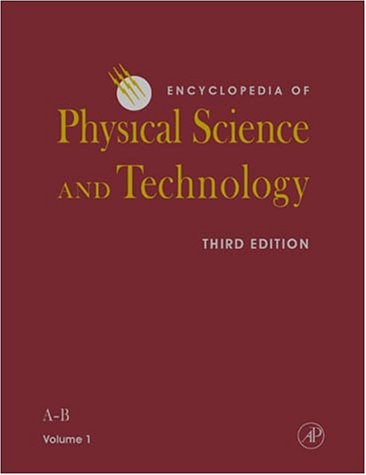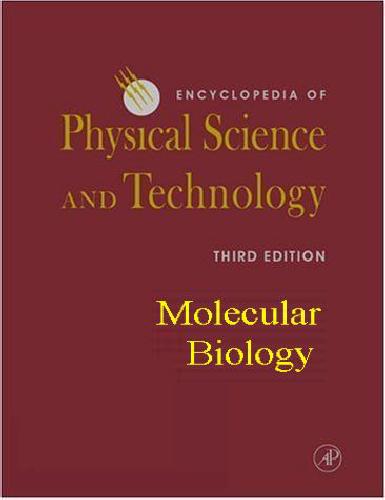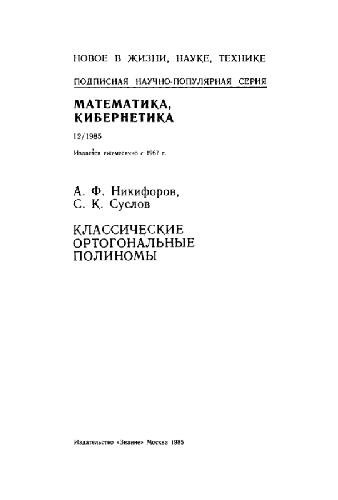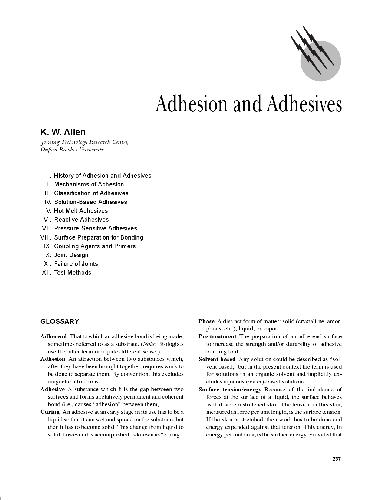Livio M. (Ed), Casertano S. (Ed)0511168209
Table of contents :
Cover……Page 1
Half-title……Page 3
Series-title……Page 4
Title……Page 5
Copyright……Page 6
Contents……Page 7
Participants……Page 9
Preface……Page 13
2. The current sample of transiting planets……Page 15
3. Ground-based surveys for new targets……Page 16
3.1. The TrES Network……Page 17
3.2. The New World of TrES-1……Page 18
4.2. Searches for planetary satellites, circumplanetary rings, and reflected light……Page 19
4.3. Atmospheric transmission spectroscopy……Page 20
5. Connection to the Kepler mission……Page 21
6.1. A transit search in the globular cluster 47 Tuc……Page 22
6.2. A transit search in a galactic bulge field……Page 23
REFERENCES……Page 24
1. Introduction……Page 27
2.1. Turbulent fragmentation models: The story so far……Page 28
2.2.2. Observational tests……Page 31
2.2.3. Whence the turbulence?……Page 33
3.1. Variations in the IMF at the low mass end……Page 36
3.2. The characteristic mass for star formation—does it vary?……Page 37
3.3. The high-mass tail……Page 38
4.1. The evidence for disks……Page 40
4.2. Disk dispersal—a link to planet formation?……Page 41
4.3. Prospects of planet detections around young stars……Page 44
REFERENCES……Page 45
1. Introduction……Page 49
2. Why star clusters?……Page 50
3. HST and extragalactic star clusters……Page 51
4. Setting the stage: early developments……Page 52
5. Extragalactic star clusters in different environments……Page 53
5.1. Starburst galaxies……Page 54
5.2. Mergers……Page 55
5.3. Dwarf/Irregular galaxies……Page 57
5.4. Spiral galaxy disks……Page 58
6.1. Luminosity and mass functions……Page 59
6.2. Size-of-sample effects……Page 60
6.3. Cluster sizes……Page 63
6.4. Effciency of cluster formation and disruption……Page 64
7. Summary and outlook……Page 65
REFERENCES……Page 67
2. Boron abundances in halo stars……Page 71
3. Heavy-element abundances in halo stars……Page 72
4. Abundance Trends in Halo Stars……Page 74
5. Conclusions……Page 75
REFERENCES……Page 76
1. Introduction……Page 77
2. Physical properties of super star clusters……Page 79
3. Young SSCS in M82 and their surroundings……Page 80
4.2. The ultraviolet……Page 84
REFERENCES……Page 85
2. A decade-by-decade history, Astro 101 style……Page 87
3. Three evil letters: PSF……Page 88
4.1. Before………Page 91
4.2. After………Page 93
5.1. Galaxy types—discard preconceptions before entering……Page 94
5.2. The black hole knows about the bulge……Page 96
5.3. The role of Interactions and Fueling……Page 97
5.4. Beyond the back yard……Page 99
6. H(o)ST Galaxies……Page 100
REFERENCES……Page 101
1. Introduction: The inner structure of AGNs……Page 103
2. Reverberation mapping basics……Page 104
4. The future: What will it take to map the broad-line region?……Page 108
5. Summary……Page 111
REFERENCES……Page 112
1. Introduction: The importance of feedback……Page 113
2.1. Superwinds……Page 114
2.2. Lyman Continuum emission……Page 117
3. Observations of feedback at z ~ 2……Page 119
4. Future directions with Hubble……Page 121
REFERENCES……Page 123
1. Introduction……Page 125
2. HST surveys the low-z Lyα absorbers……Page 127
3. Baryon content of the low-z Lyα forest……Page 130
3.1. Photoionized Lyα absorbers……Page 131
3.2. The Warm-Hot IGM……Page 132
4. The relationship between Lyα absorbers and galaxies……Page 134
4.2. Lyman Limit absorbers……Page 135
4.3. Weak Metal-line systems……Page 136
4.4. Lyα-only Absorbers……Page 139
5. The future……Page 140
REFERENCES……Page 141
1. Introduction……Page 144
3. Absorption line results……Page 145
5. Random, unassociated Lyα clouds?……Page 147
6. Conclusions and future work……Page 149
REFERENCES……Page 150
1. Introduction……Page 151
2.1.1. Methodology……Page 152
2.1.2. Results……Page 153
2.2.1. Methodology……Page 154
2.2.2. Results……Page 155
3. The assembly of galaxies……Page 156
3.1. The evolution of close galaxy pairs……Page 157
3.2. The evolution of morphologically-disturbed galaxies……Page 159
3.3. The evolution of plausible merger remnants……Page 161
3.3.1. The evolution of the total stellar mass in red-sequence galaxies……Page 162
3.3.2. The evolution of the total stellar mass in early-type galaxies……Page 163
3.4. The importance of galaxy mergers since z ~ 1……Page 165
4.1. Our increasing understanding of the local Universe……Page 166
4.3. The importance of multiple large HST fields……Page 167
REFERENCES……Page 168
1. Black holes and reionization……Page 171
2.1.1. Previous arguments for a significant neutral fraction……Page 172
2.1.2. Inferring the neutral fraction from the H II region in the quasar spectrum……Page 173
2.2. An upper limit from the abundance of Lyman α emitters……Page 176
2.2.1. The attenuation of Lyman α emission lines……Page 177
2.2.3. The maximum allowed neutral fraction……Page 179
3. Did accreting black holes contribute to reionization?……Page 181
4. How did black holes grow by accretion and mergers?……Page 184
5. Can we detect massive z > 6 BHs directly?……Page 185
REFERENCES……Page 186
1. Introduction……Page 188
2. Spitzer Observations of Distant IR-luminous galaxies……Page 189
2.2. Challenges to galaxy evolution theories……Page 190
3. Ground-based observations of distant Spitzer galaxies……Page 191
3.1. The redshift distribution of Spitzer 24 μm sources……Page 192
3.2. Evolution of the IR-luminosity density……Page 193
4. HST observations of distant Spitzer galaxies……Page 194
5. Selection of deep, extragalactic survey fields……Page 195
REFERENCES……Page 197
1. Introduction……Page 199
2. The i´-drop technique……Page 200
3. Gemini/GMOS spectroscopy……Page 202
5. Spectroscopically confirmed GLARE galaxies……Page 203
REFERENCES……Page 206
1. Introduction……Page 209
2. Observations……Page 210
4. Source extraction……Page 211
5. High redshift candidate selection……Page 212
6.2. Inspection of individual images……Page 213
6.4. Comparison with an independently processed image……Page 214
6.5. Noise statistics……Page 215
7.1. Early galaxies……Page 216
REFERENCES……Page 217







Reviews
There are no reviews yet.